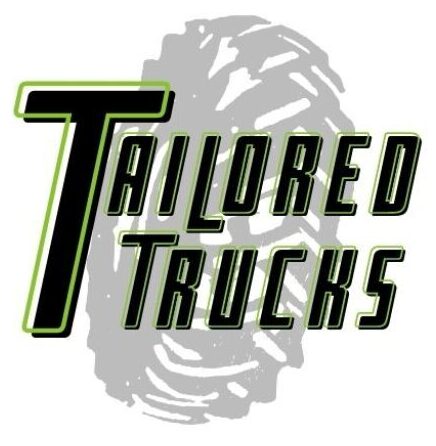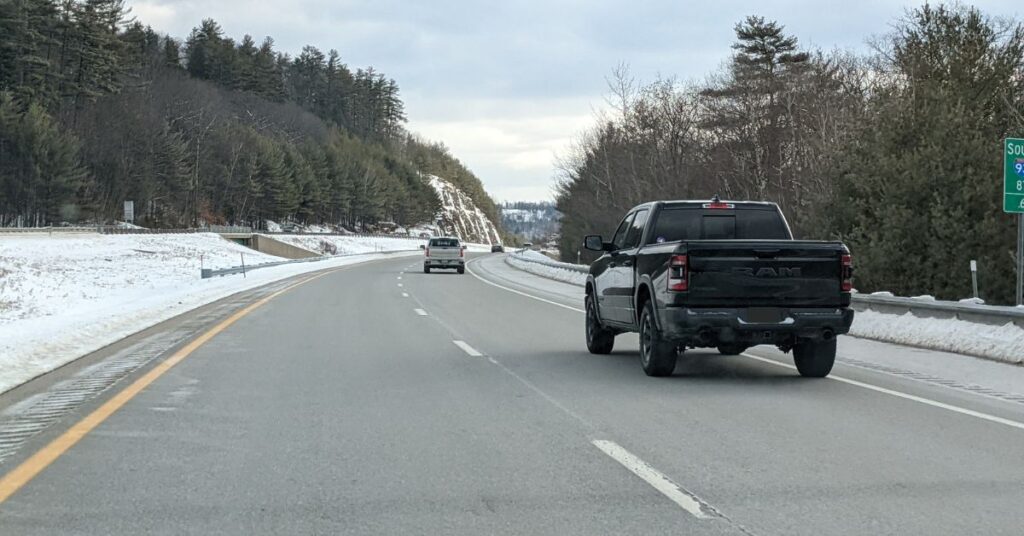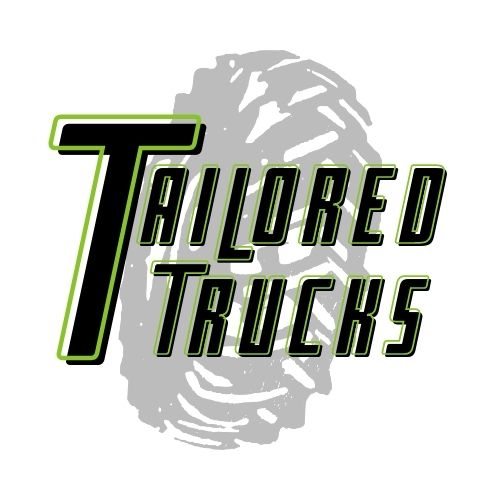Ford is one of the largest truck manufacturers leading the industry in the F Series for the last 44 years in sales (CNBC).
But Ford is a very large company with many manufacturing sites around the globe.
They have 35 assembling facilities, 22 facilities to make their engines, 4 forging facilities, 7 stamping facilities, and 8 transmission building facilities around the globe. Some of these facilities can do multiple steps in the manufacturing process, but there is no single facility where an entire Ford car is made.
They have manufacturing facilities in every continent but Antarctica.
Where Are Ford Trucks Made?
Below you can find the final assembly locations of the consumer Ford Trucks. Other parts, such as engines, bodies, and transmissions are made in other facilities.
All information here is taken from the Ford website.
| F-150 | F-250 | F-350 | Ranger |
| Claycomo, Missouri – Kansas City Assembly Plant | Valencia, Venezuela – Valencia Assembly Plant | Valencia, Venezuela – Valencia Assembly Plant | Thailand – AutoAlliance Co., Ltd Plant |
| Dearborn, Michigan – Dearborn Truck Plant | Louisville, Kentucky – Kentucky Truck Plant | Avon Lake, Ohio – Ohio Assembly Plant | Pretoria, South Africa – Silverton Assembly Plant |
| Louisville, Kentucky – Kentucky Truck Plant | Argentina – Pacheco Stamping and Assembly | ||
| Wayne, Michigan – Michigan Assembly Plant |
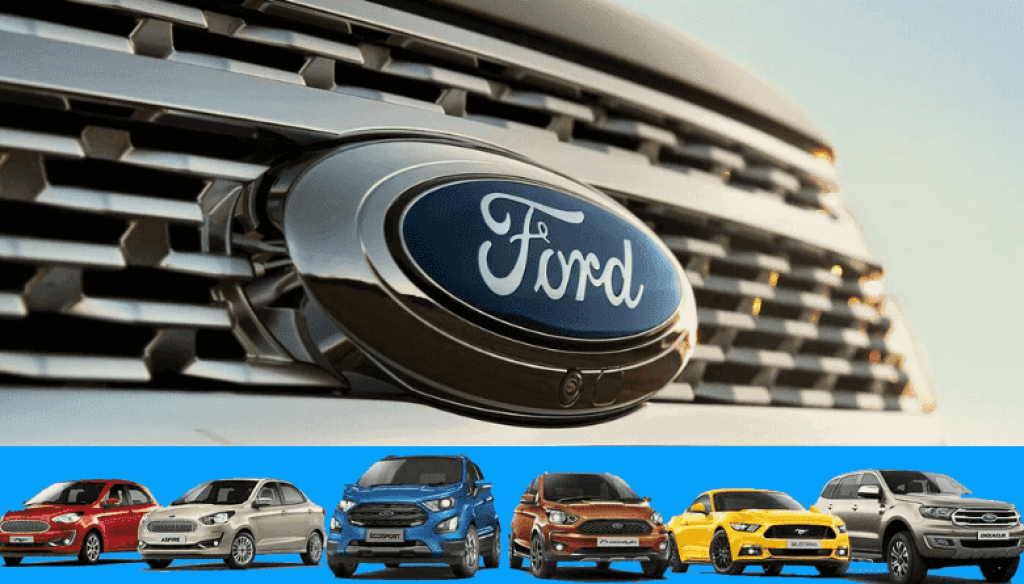
Where are Ford Trucks Assembled?
As seen above, Ford trucks are assembled all over the world. Many of the Ford F Series trucks come out of the U.S. either in Missouri, Kentucky or Michigan.
The other common truck, the Ford Ranger, has some manufacturing in the U.S. but shares responsibilities with three other plants around the world.
Across the entire Ford auto family, there are 35 locations across the globe.
Let’s take a look in more detail at each of the manufacturing sites for the F-Series and the Ranger
Kansas City Assembly Plant, Claycomo, Missouri
Located about 5 miles northeast of Kansas City Missouri is the Ford Assembly plant. This location seems to be the primary location for the Ford F-150 pickup trucks.
This plant has been in operation starting from 1951, has 7,250 employees and takes up 1,269 acres.
It currently produces the Ford Transit Trucks as well.
Dearborn Truck Plant, Dearborn, Michigan
Located about 5 miles west of Detriot is the Michigan Ford Assembling facility.
It is smaller than the Kansas City Plant with 4,400 employees and 1,100 acres.
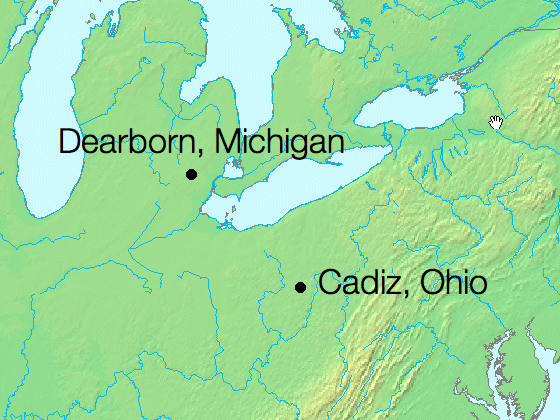
It is a much newer facility opening in 2004.
It also seems to only manufacturer of the Ford F-150 trucks.
Valencia Assembly Plant, Valencia, Venezuela
The manufacturing site in Valencia is a major manufacturer for the Ford F-250 and F-350 trucks.
It has been around for quite some time, opening in 1962.
It is a much smaller facility with only 103 acres, but still employs 2,470 people.
It also assembles the Ford Explorer, Ford Fiesta, and Ford Cargo.
Kentucky Truck Plant, Louisville Kentucky
Located in the largest city in Kentucky is the Louisville Assembly Plant for Ford.
This manufactures all trucks in the Ford F-Series except the F-150.
It opened in 1969, employs 8.920 people and covers 500 acres.
In addition to the Super Duty Trucks, it also manufactures the Ford Expedition and the Lincoln Navigator.
Ford also has the Louisville assembly Plant located right beside this plant which assembles the Ford Escape and Lincoln Corsair.
Ohio Assembly Plant, Avon Lake, Ohio
Of the common and consumer Ford trucks, this plant only manufactures the F-350. It also assembles the higher Super Duty Trucks (F-450 and F-550).
The outputs of this facility are not the typical fully designed trucks we typically know. They are the Chassis Cab. This means that it does not have a truck bed, and looks like half a truck.
This facility does however, create the Medium Duty Trucks in full.
It was built in 1974, employs 1,740 people and is 419 acres.
It is located about 10 miles west of Cleveland directly on Lake Erie.
Michigan Assembly Plant, Wayne, Michigan
Wayne is the last location in the U.S. that assembles the main Ford Trucks.
It is the only U.S. location for making the Ford Ranger.
This facility also makes the Ford Bronco.
It has 4,900 employees on 369 acres and has been around since 1957.
Thailand, South Africa, Argentina
All of these three global locations are manufacturers of the Ford Ranger. Unlike the F-Series which is mostly made within the U.S., the Ford Ranger has more of a global presence.
AutoAlliance Co., Ltd Plant, Chang Wat Rayong, Thailand
This location is a joint venture truck that manufactures both Ford trucks and Mazda autos.
Here the Ford Everest is also made.
Silverton Assembly Plant, Pretoria, South Africa
The Silverton Plant also manufactures some Mazda cars as well.
Pacheco Stamping and Assembly, Argentina
The Ford Ranger Cabs seem to be assembled here. This includes the Regular Cab, Crew Cab and Super Cab.
Where Are Ford Truck Engines Made?
Ford trucks have many options for engines. The most popular Ford truck is the F-150. The Ford F-150 can have 6 different choices for engine based on the model and optional upgrades.
The Ford Ranger only has one engine type with the 2.3L EcoBoost.
See a list of engine types available by model below.
| Model | Engine Types |
| Ford Ranger | 2.3L EcoBoost I4 |
| F-150 | 3.3L Ti-VCT V6 2.7L EcoBoost V6 5.0L Ti-VCT V8 3.5L EcoBoost V6 3.0L Power Stroke V6 3.5L PowerBoost Full Hybrid |
| F-250/F-350 | 6.2L SOHC 2-Valve Flex Fuel V8 6.7L Power Stroke V8 Turbo Diesel 7.3L 2V DEVCT NA PFI V8 |
Ford truck engines for the F-Series and Ford Ranger are mostly manufactured in North America. Other than a singular plan in London, U.K., all other engines are either made in the U.S., Canada, or Mexico.
See below for the location of each engine type manufacturer.
The only engine type I couldn’t find was the Full Hybrid engine in the F-150 series. This may be manufactured in the Ohio facility, but it is unclear if this particular engine is made there.
| Engine | Location |
| 2.3L EcoBoost I4 | Brook Park, Ohio – Cleveland Engine Plant No. 1 |
| 3.3L Ti-VCT V6 | Lima, Ohio – Lima Engine Plant |
| 2.7L EcoBoost V6 | Lima, Ohio – Lima Engine Plant |
| 5.0L Ti-VCT V8 | Windsor, Ontario, CN – Essex Engine Plant |
| 3.5L EcoBoost V6 | Brook Park, Ohio – Cleveland Engine Plant No. 1 |
| 3.0L Power Stroke V6 | Dagenham, London, U.K. – Dagenham Engine Plant |
| 3.5L PowerBoost Full Hybrid | N/A |
| 6.2L SOHC 2-Valve Flex Fuel V8 | Romeo, Michigan – Romeo Engine Plant |
| 6.7L Power Stroke V8 Turbo Diesel | Chihuahua, Mexico – Chihuahua Engine Plant |
| 7.3L 2V DEVCT NA PFI V8 | Windsor, Ontario, CN – Windsor Engine Plant |
Where Are Ford Truck Bodies Made?
On the Ford website, they do not make it clear where exactly the different body types are manufactured.
They do specify, however that the Ford Ranger truck bodies are made in Argentina at the Pacheco Stamping and Assembly plant.
Other locations for which the truck bodies are made are:
- Buffalo, New York (Buffalo Stamping Plant)
- Chicago, Illinois (Chicago Stamping Plant)
- Dearborn, Michigan (Dearborn Diversified Manufacturing Plant & Dearborn Stamping)
- Woodhaven, Michigan (Woddhaven Stamping Plant)
The only other global location for forming the external bodies of Ford automobiles is in Australia, but it doesn’t make any trucks.
Most of the bodies of Ford trucks are made in the U.S. but they do not specify which vehicles are crafted where.
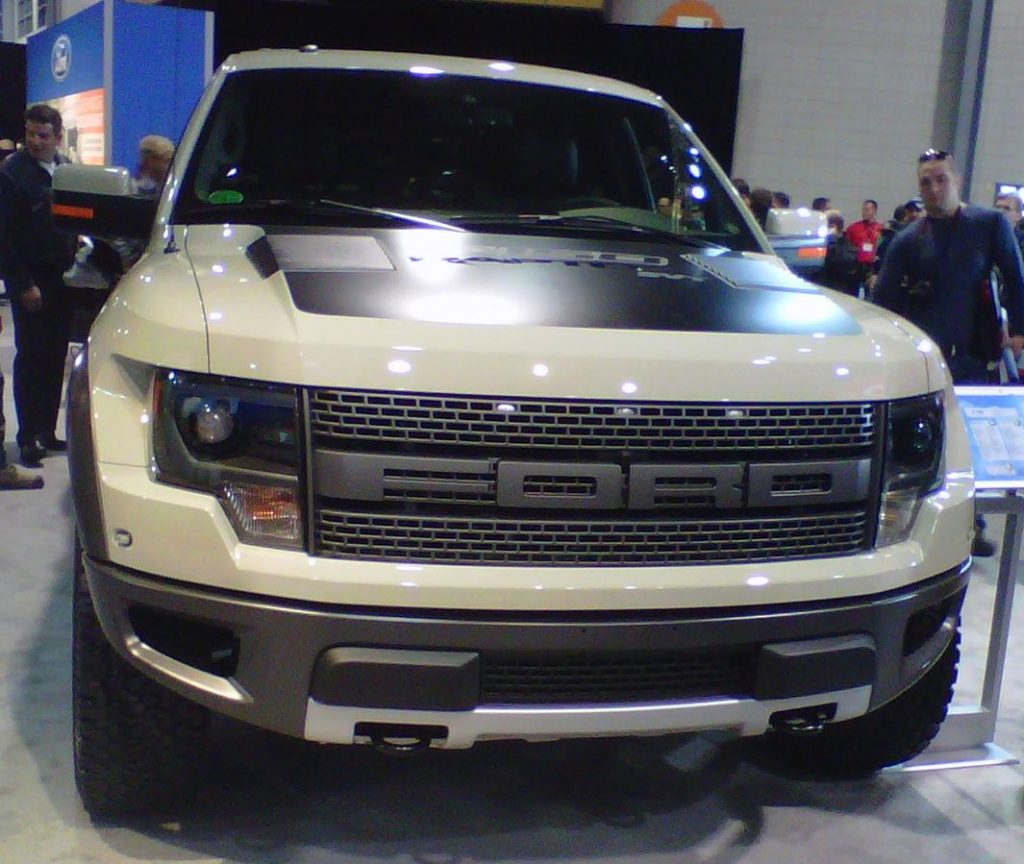
What Is Stamping?
You may notice that many of the facilities above have the term stamping in them.
Upon researching the manufacturing facilities, I discovered that there are two main metal forming processes: forging and stamping.
Upon further investigation, I was able to determine the difference between the two. Search engine results were not very helpful until I understood that forging is similar to what we think of with old blacksmiths.
Forging is the process in which a mold is used to form fit metal as its heated up. This inovles compression or tension on the metal to fit the die mold. This is typically the process used for smaller pieces, like gears and other engine components, as well as engine castings.
Stamping is the process in which large metal is “stamped” with dies to create parts like fenders and hub caps (Source). This allows a sheet of metal to form fit to a particular shape quickly and easily.
What Suppliers Does Ford Use?
It is important to remember that with such a large market, Ford cannot make and supply everything for itself.
Though they do a great job internally manufacturing their engines and final assembly, there are thousands of other product components that these trucks must outsource.
What are some of the products that are outsourced and where do they come from?
Ford doesn’t seem to openly list where they get their product from, but they do have an annual awards show in which they recognize their suppliers for various efforts.
These are called the World Excellence Awards. Below is a list of a handful of the winners from 2019 along with their primary manufacturing capabilities and services.
Of notice is that airbags, door modules, seats and wheels all seem to be outsourced in the manufacturing of Ford vehicles.
- Sanden Corporation; Gunma, Japan – A/C Compressors
- Autoliv BKI S.A.; La Pobla de Vallbona, Spain – Air Bags
- TRW Polska Sp. z o.o.; Czestochowa, Poland – Air Bags
- Autoliv B.V. & Co. KG; Dachau, Germany – Air Bags
- Autoliv North America; Columbia City, Ind. USA – Air Bags
- Sanyo Automotive, Inc.; Penang, Malaysia – Audio
- Matsushita Electric Industrial Co., Ltd.; Nagano, Japan – Audio & Navigation Systems
- Durakon Industries; Lapeer, Michigan USA – Bed Liners
- Continental Automotive Mexicana S.A. de C.V.; Silao, Mexico – Brake Assemblies
- Hayes Lemmerz International – Frenos, S.A. de C.V.; Apodaca, Mexico – Brake Assemblies
- Thyssenkrupp Presta Ilsenburg GmbH; Ilsenburg, Germany – Camshafts
- Stenco Construction Company, L.L.C.; Livonia, Mich. USA – Construction
- Aristeo Construction Company; Livonia, Mich. USA – Construction
- Latcha + Associates; Farmington Hills, Mich. USA – Creative Services
- Ewie Co., Inc.; Ann Arbor, Michigan USA – Cutting Tools & Abrasives
- Ewie Canada Co.; Windsor, Ontario, Canada – Cutting Tools & Abrasives
- Faurecia Interior Systems; Valencia, Spain – Door Modules
- Faurecia Interior Systems; Koln, Germany – Door Modules
- Brose Fahrzeugteile GmbH & Co. KG; Saarwellingen, Germany – Door Modules
- Brose Fahrzeugteile GmbH & Co. KG; Santa Margarida, Spain – Door Modules
- Denso Manufacturing Athens Tennessee Inc.; Athens, Tenn. USA – Emissions Sensors
- ArvinMeritor, Inc.; Almussafes, Spain – Exhaust Systems
- Tenneco Inc.; Valencia, Spain – Exhaust Systems
- Litens Automotive GmbH; Gelnhausen, Germany – FEAD Systems
- Linde Creighton Ltd.; West Midlands, England – Forklift Trucks
- Grupo Antolin-Logistik Deutschland, GmbH; Koln, Germany – Headliners
- Dr. Franz Schneider, S.A.; Valencia, Spain – Instrument Panels
- International Automotive Components; Koln, Germany – Instrument Panels
- Magna Closures; Pisa, Italy – Latches
- Brose Fahrzeugteile GmbH & Co. KG; Tondela, Portugal – Latches
- Hella Autotechnik, Ltd.; Mohelnice, Czech Republic – Lamp Assemblies
- Elanders Infologistics Vast AB; Goteborg, Sweden – Print Management
- Stena Gotthard AB; Goteborg, Sweden – Recycling & Environmental Services
- Intier Automotive Seating; Eastleigh, England – Seats
- Intier Automotive Seating; Excelsior Springs, Missouri USA – Seats
- Johnson Controls, Inc.; Shelbyville, Kentucky USA – Seats
- Lear Corporation; Genk, Belgium – Seats
- Grupo Antolin-Dapsa , S.A.; Burgos, Spain – Seats
- Johnson Controls, Inc.; Hudson, Wis. USA – Seats
- Lear Corporation; St. Thomas, Ontario, Canada – Seats
- Rehau AG + Co.; Viechtach, Germany – Spoilers
- Flex-N-Gate Battle Creek; Battle Creek, Mich. USA – Stampings
- P&A Industries, Inc.; Findlay, Ohio USA – Stampings
- Delphi Corporation; New Castle, Ind. USA – Steering Columns
- Dalphi Metal Internacional, S.A.; Silla, Spain – Steering Wheels
- Ronal Polska Sp. z o.o.; Walbrzych, Poland – Wheels
- Superior Industries International, Inc.; Pittsburg, Kansas USA – Wheels
- Hayes Lemmerz Autokola, A.S.; Ostrava, Czech Republic – Wheels
- Fujikura Ltd.; Yamagata, Japan – Wiring Harnesses
Ford also has an entirely separate division that focuses on getting diverse suppliers.
This group, known as Ford Motor Company’s Supplier Diversity & Inclusion, focuses on selecting suppliers for Ford vehicles that are owned and operated by minorities.
Some of the main suppliers in this program are:
- Flex-N-Gate Seeburn – Door hinges and Arms
- NHK Spring – Suspension Stabilizer Linkages
- U-Shin Europe – Steering Columns
- Valeo Electric and Electronic Systems – Door Hingers and Arms
- Summit Plastics – Instrument Panel Components
- Dee Zee – Running Boards
- Warn Industries – Axle Assemblies
- Chaidneme – Mufflers and Exhaust Systems
- Autoliv – Airbags
Brief History of Ford Truck Manufacturing
One of the historical impacts of the Ford Motor Company was the development of the first manufacturer car by assembly line.
The assembly line greatly accelerated the manufacturing process of goods during the industrial revolution.
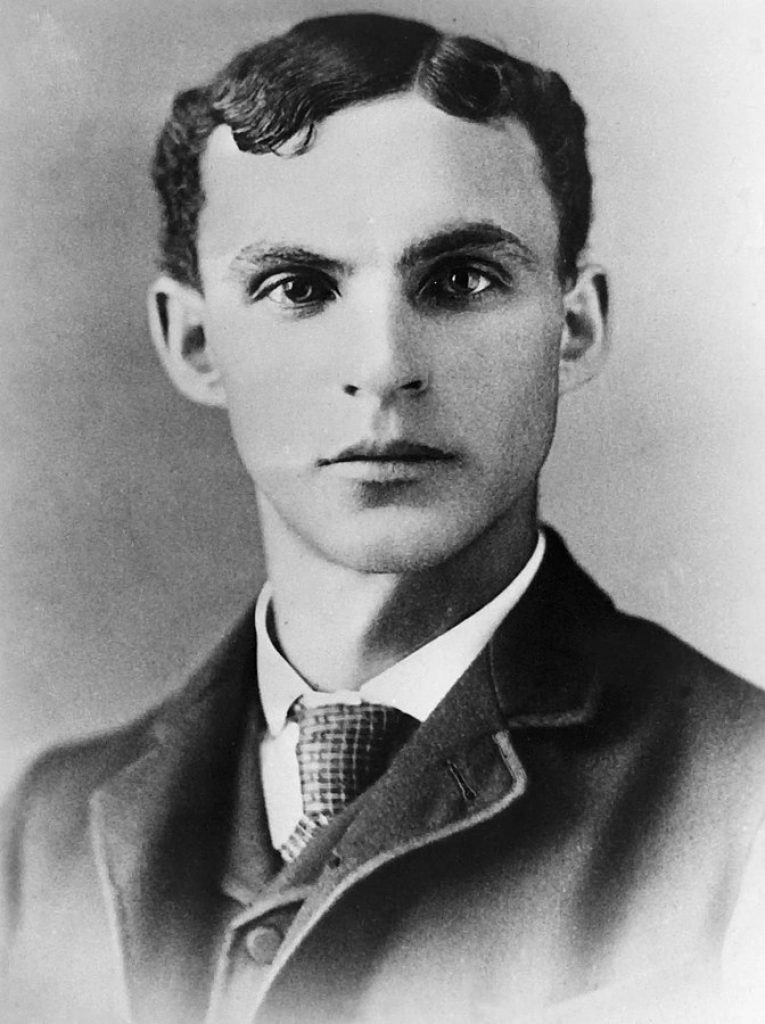
Henry Ford was at the foundation of the Ford company. In 1896 he built the quadricycle which was a four-wheeled bicycle run by an engine.
The Ford Motor Company was formally established in 1903.
Ten years later, in 1913, the moving assembly line was implemented at their Highland Park assembly plant in Illinois. This led to the production of the Model T in less than 90 minutes (Ford.com)
The Ford Company also made a significant impact on workers. They were first to offer $5 workdays with a decreased 9 to 8 hour long days, likely beginning a major trend for the middle-class workers.
This high-wage offer was in response to employees leaving the company. Because the assembly line created a more mundane work environment, employees were leaving for more interesting and flexible jobs.
The first Ford truck was created in 1917, The Ford Model TT.
Reading their historical timeline, they also had a significant impact in military manufacturing for equipment and vehicles in both WWI and WWII.
The famous Ford F-Series truck line begin in 1948!
After this point, Ford continued to grow and build their business all around the world with hundreds of products in the automobile industry.
